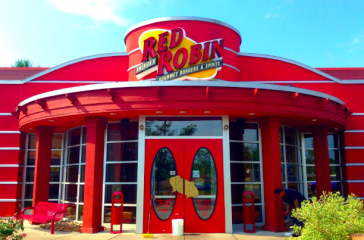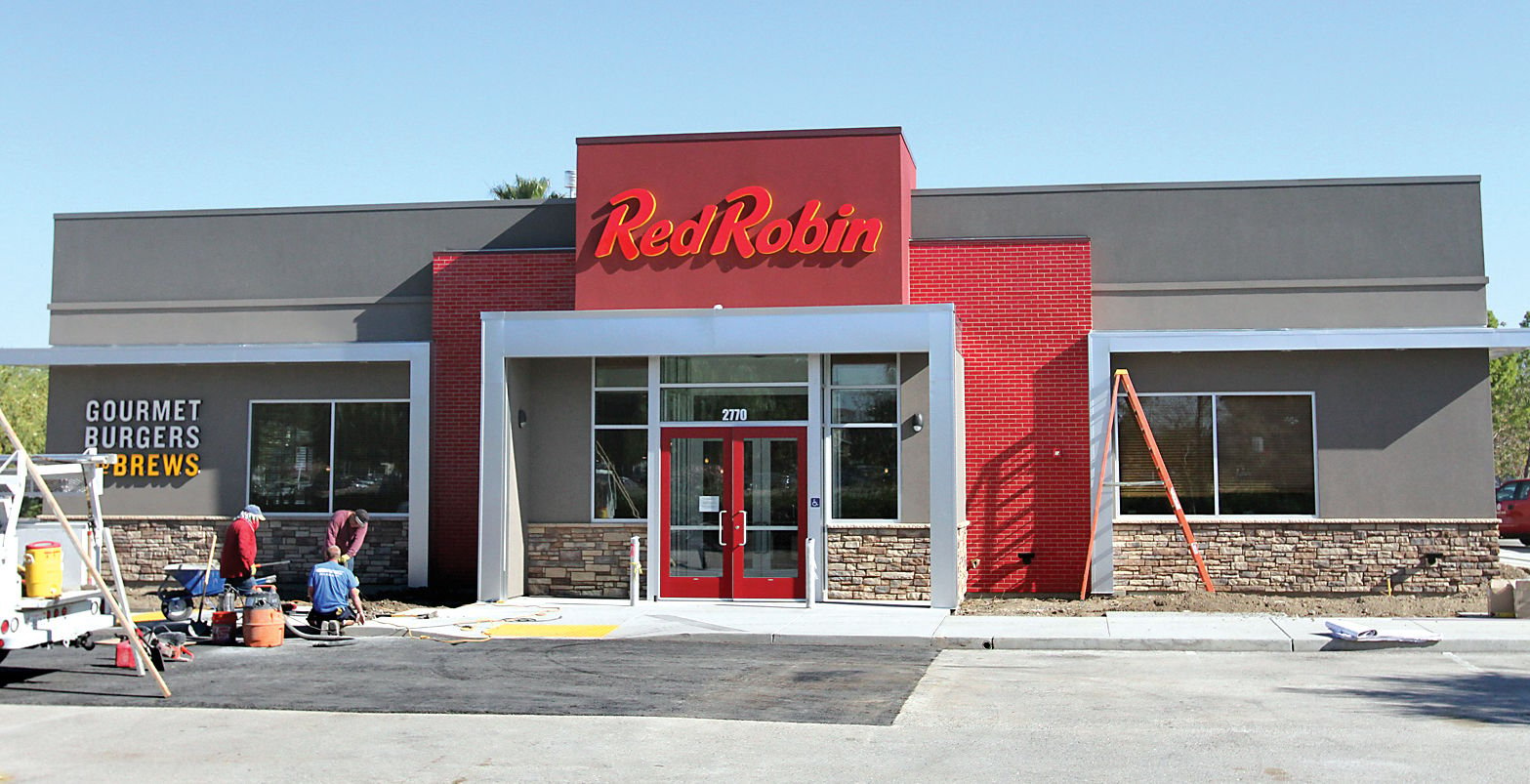

Of the numerous franchisees who would ally themselves to the Red Robin concept, none figured more prominently than Mike Snyder. Kingen's association with the company he founded later ended, but the franchising system endured, creating disciples of the gourmet burger format that extended the physical presence and geographic reach of the enterprise far beyond the efforts of its creator. Through franchising, and through one franchisee in particular, the chain drew its strength.

The decision to franchise the Red Robin concept proved to be a significant one in the development of the chain. Kingen, who named his company Red Robin Enterprises, Inc., opened his own units and, importantly, relied on franchising agreements to augment his own expansion. The first restaurant, which offered gourmet hamburgers, found a receptive audience, leading Kingen to expand his concept by developing the format into a chain of restaurants. Red Robin's presence in the casual dining industry was established in September 1969 when founder Gerald Kingen opened his first restaurant near the campus of the University of Washington in Seattle. With a target market consisting largely of teens and pre-teens, Red Robin restaurants generate an average of $618,000 in annual profits. Aside from gourmet burgers, the Red Robin menu includes salads, soups, appetizers, and other entrees such as rice bowls and pasta. With a per person average check of $10, Red Robin relies heavily on the sales of its gourmet burgers, which account for 44 percent of the company's food sales. The company also franchises its concept, maintaining licensing agreements with 98 additional restaurants located in 17 states and in Canada.

Red Robin owns and operates 100 restaurants scattered across 13 states. is a casual dining restaurant chain with a menu featuring a variety of burger sandwiches made with beef, chicken, fish, turkey, pot roast, and vegetarian substitutes.


 0 kommentar(er)
0 kommentar(er)
